The demand for access to our national parks has greatly increased due to the COVID-19 pandemic, leading to a surge in visitors to iconic natural landmarks such as the Grand Canyon and Yellowstone. Millions of people are flocking to these popular destinations to escape the confines of their homes and enjoy the beauty of the great outdoors. This influx of tourists has put a strain on park resources and staff, presenting challenges for both visitors and park management.
The pandemic has highlighted the value of our national parks as a safe and socially distant recreational option during these unprecedented times. With travel restrictions in place and international tourism at a standstill, many Americans are turning to their own backyard for vacation opportunities. This has led to record-breaking visitation numbers at some of the most famous national parks, as individuals seek solace and a connection to nature in the midst of a global health crisis.

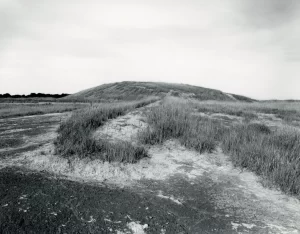
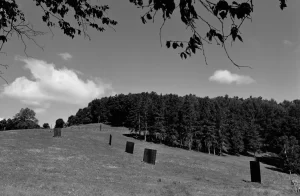
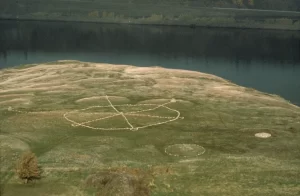


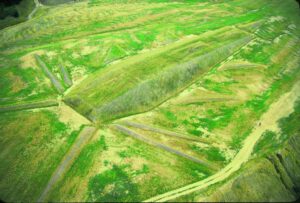
The increased demand for national park access has created a number of issues for visitors and park officials alike. Crowded trails and popular attractions have made it difficult for visitors to maintain social distancing guidelines, putting their health and safety at risk. Additionally, limited parking availability and overwhelmed facilities have led to frustrations among tourists, with some experiencing long wait times and difficulty finding accommodations.
Park management is also facing challenges in managing the surge in visitors and ensuring the preservation of these natural landscapes. The sudden increase in foot traffic has led to environmental concerns, such as damage to fragile ecosystems and wildlife habitats. Park staff are struggling to keep up with the maintenance and upkeep of facilities, as well as enforcing COVID-19 safety protocols to protect both visitors and employees.
In response to these challenges, national parks have implemented measures to address the influx of visitors and protect the integrity of these cherished landscapes. Some parks have implemented reservation systems to limit the number of daily visitors and prevent overcrowding at popular sites. Others have increased staffing levels to better manage the influx of tourists and ensure that COVID-19 protocols are being followed.
Educational initiatives are also being utilized to promote responsible visitation and environmentally conscious behavior among park visitors. Messaging campaigns are encouraging tourists to pack out their trash, stay on designated trails, and respect wildlife habitats in order to minimize their impact on these delicate ecosystems. By raising awareness and promoting sustainable tourism practices, parks hope to preserve these natural wonders for future generations to enjoy.
As the COVID-19 pandemic continues to impact daily life, the surge in national park visitation is expected to persist. With more Americans seeking opportunities for outdoor recreation and social distancing, our national parks will play a vital role in providing a safe and accessible escape for individuals during these challenging times. By working together to address the challenges posed by increased demand, we can ensure that these treasured landscapes remain protected and accessible for all to enjoy.

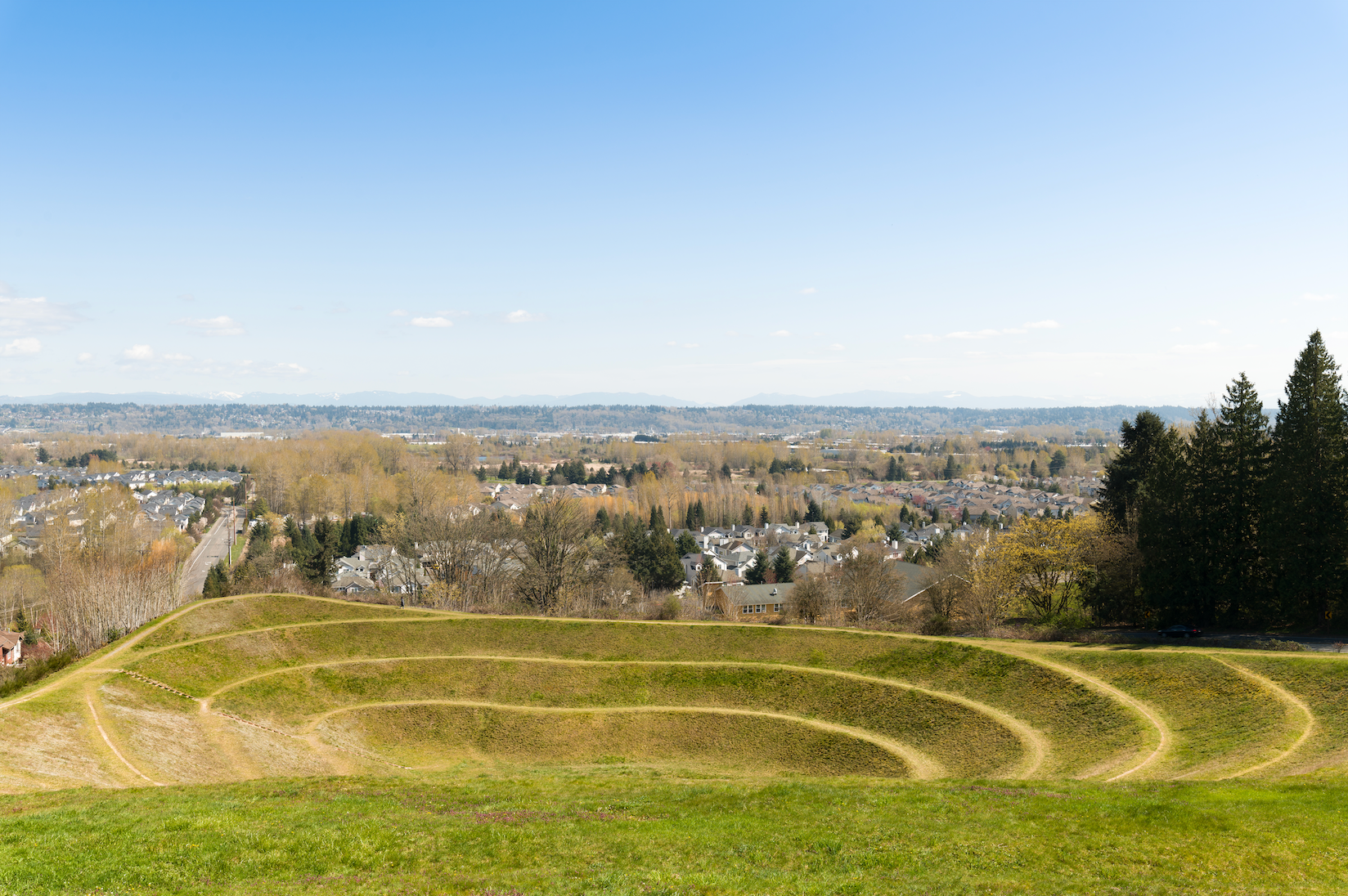
Leave a Reply